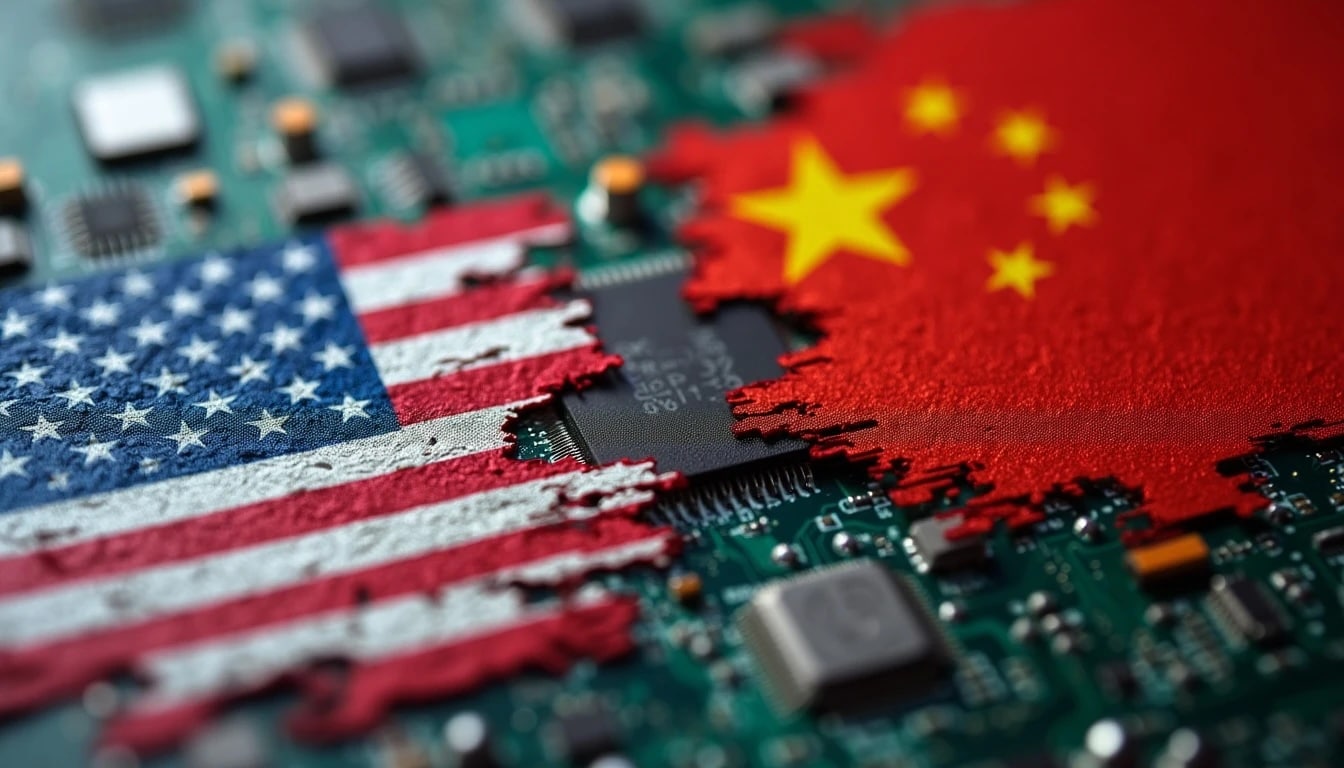Both powers are seeking to secure their technological sovereignty amid rising geopolitical tensions and cross-restrictions.
The competition between the United States and China for semiconductor industry leadership has become one of the most strategic frontlines of the 21st century. As Washington tightens export controls on advanced chips and lithography machinery, Beijing responds with massive investments to boost its technological autonomy. The result: an unprecedented race to build infrastructure for chip development and manufacturing that could redefine the global balance of power.
A race that is no longer just economic but geostrategic
The U.S., through the CHIPS and Science Act, has committed over $52 billion to revitalize domestic semiconductor manufacturing. Much of this funding is directed toward constructing new fabs in key states like Arizona, Texas, and New York, led by companies such as TSMC, Intel, and Micron. The goal is clear: reduce dependence on Asia—especially Taiwan—in critical chip production.
Meanwhile, China has intensified state support for giants like SMIC, YMTC, and Loongson, and strengthened regional consortia with public funds. According to IC Insights, the country plans to invest more than $140 billion between 2024 and 2030 in infrastructure and manufacturing capabilities. China has also launched its own technological substitution program, aimed at replacing foreign hardware with local alternatives, particularly in sectors like defense, energy, and utilities.
Controls, sanctions, and an fractured industry
The conflict extends beyond investment. The U.S. administration has imposed increasingly strict restrictions on China’s access to critical technologies, such as lithography tools from companies like ASML or Lam Research, and advanced chips from NVIDIA or AMD. Additionally, the Department of Commerce has blocked exports of AI models and high-performance GPUs essential for training large language models and autonomous defense systems.
In response, China has restricted exports of strategic materials like gallium and germanium, vital for semiconductor manufacturing, and has launched regulatory investigations against U.S. companies on allegations of anti-competitive practices.
New factories and strategic alliances
Both countries are rapidly building new manufacturing capacities:
In the U.S., Intel announced factories in Ohio and Arizona with an investment of over $40 billion, while TSMC is expanding its facilities in Phoenix to produce 3 nm chips.
In China, SMIC has begun constructing new production centers in Tianjin and Shenzhen, aiming to manufacture 7 nm chips without access to ASML’s EUV machinery, utilizing alternative deep lithography techniques.
Additionally, India, South Korea, Japan, and Europe are being courted by both powers for alliances, technology transfer, and factory localization.
Artificial intelligence, the major driver
The AI surge is accelerating this race further. Models like GPT-4, Gemini, or Ernie Bot require massive computing infrastructures, dramatically increasing demand for chips like NVIDIA’s H100, currently restricted from export to China. This situation has prompted Chinese companies like Huawei to develop alternative training chips, such as the Ascend 910B, despite limited access to critical components.
Meanwhile, the U.S. has promoted the creation of dedicated AI data centers, with investments coordinated by the Pentagon and the Department of Energy to develop indigenous chips, such as processors designed by Cerebras, Groq, or Tenstorrent, to reduce reliance on Asian silicon.
Global implications
The technological decoupling between the two powers is fragmenting the global chip supply chain. European manufacturers like Infineon, STMicroelectronics, and NXP face increasing pressure to choose sides. Meanwhile, Taiwan and South Korea are caught between protecting their markets and forming strategic alliances with the U.S. or China.
Experts from McKinsey and Boston Consulting Group warn of growing risks related to capacity duplication, higher costs, and market fragmentation. Nevertheless, new regional actors such as Vietnam, Malaysia, Israel, and Mexico could emerge as key nodes in the global manufacturing map.

